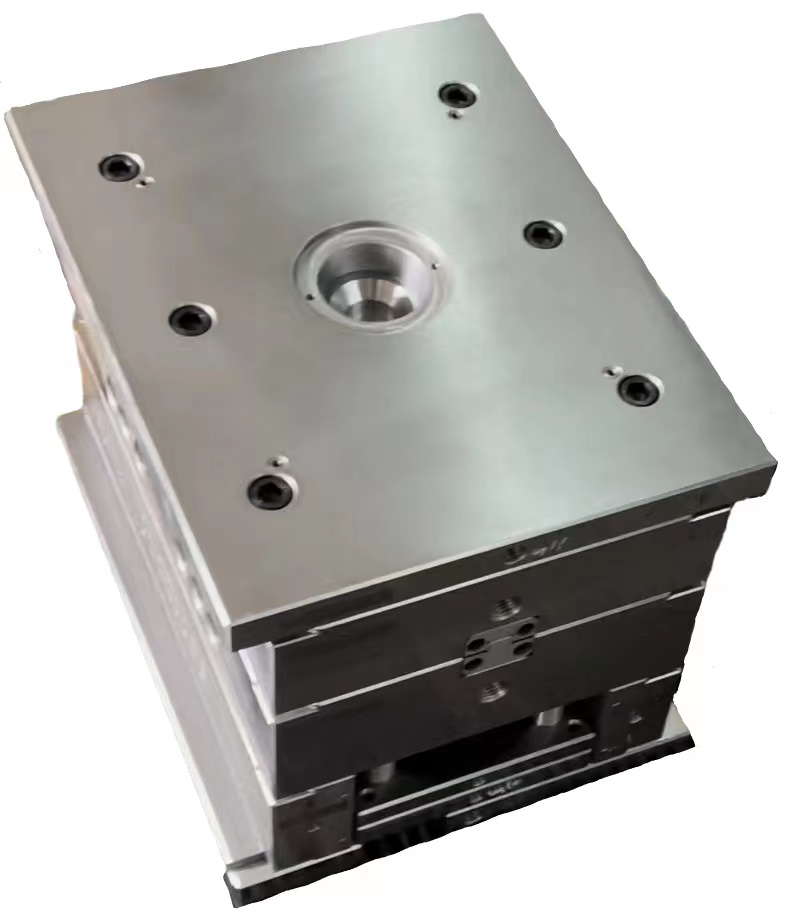In recent years, Vietnam's economy has shown remarkable growth, fueled by various sectors including manufacturing. Among those, the die cast manufacturing industry stands out as a significant contributor. This article delves into the impact of die cast manufacturing on Vietnam's economic development, examining its benefits, challenges, and future prospects.
Understanding Die Cast Manufacturing
Die casting is a production process where molten metal is injected into a mold to create complex shapes and components with high precision. This process is pivotal in industries such as automotive, electronics, and consumer goods. Die cast manufacturing not only enhances product quality but also improves efficiency, making it a preferred choice for many manufacturers.
Economic Contributions of Die Cast Manufacturing
The die cast manufacturing sector offers numerous economic benefits to Vietnam:
- Job Creation: This industry has generated thousands of jobs, providing employment opportunities and improving living standards for many Vietnamese families.
- Foreign Investment: The rise of die casting in Vietnam has attracted foreign investors, leading to increased capital inflow and technological transfer.
- Export Growth: Vietnam's die cast products have gained recognition in international markets, bolstering the country’s export revenues and enhancing its global trade position.
Challenges Facing the Die Cast Industry
Despite its growth, the die cast manufacturing sector in Vietnam faces several challenges:
- Technical Expertise: There is a shortage of skilled workers proficient in advanced die casting techniques, which may hinder productivity and quality.
- Infrastructure Limitations: The current infrastructure in some areas may not support large-scale die casting operations efficiently.
- Environmental Concerns: The manufacturing process can lead to environmental pollution if not managed properly, which could affect public health and sustainability.
Future Prospects of Die Cast Manufacturing in Vietnam
The outlook for die cast manufacturing in Vietnam is promising given the country's strategic initiatives:
- Government Support: The Vietnamese government has launched policies to support the manufacturing sector, including tax incentives and investment in infrastructure.
- Adoption of Technology: Embracing advanced technologies such as automation and artificial intelligence can enhance productivity and reduce costs.
- Environmental Sustainability: Businesses are increasingly focusing on sustainable manufacturing practices, which can improve their marketability and compliance with international standards.
Conclusion
In conclusion, the die cast manufacturing industry plays a vital role in stimulating Vietnam's economic growth. Despite encountering challenges such as skill shortages and environmental concerns, the benefits of job creation, foreign investment, and export growth significantly contribute to the nation’s development. With continued government support and technological advancements, the future of die cast manufacturing in Vietnam looks bright, positioning the country as a leading player in the global manufacturing landscape.
Frequently Asked Questions (FAQs)
1. What is die casting and its significance in manufacturing?
Die casting is a manufacturing process that involves injecting molten metal into a mold to create complex parts. Its significance lies in its ability to produce high-quality, intricate components with efficiency and precision.
2. How does die casting contribute to job creation?
The expansion of die casting operations creates numerous job opportunities in various roles, from production workers to engineers, positively impacting local economies.
3. What are the environmental impacts of die casting?
Die casting can result in emissions and waste, which pose environmental challenges. However, with proper practices and regulations, these impacts can be managed and minimized.
4. Is Vietnam attracting foreign investment in the die cast manufacturing sector?
Yes, Vietnam is increasingly viewed as an attractive destination for foreign investment in die casting due to its growing economy, skilled workforce, and supportive government policies.
5. What can be done to address the skill gap in die casting?
To address the skill gap, investment in training programs, partnerships with educational institutions, and professional development opportunities are essential to enhance the workforce's capabilities in die casting technologies.

